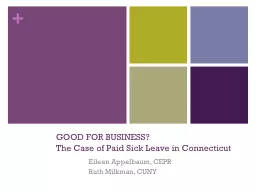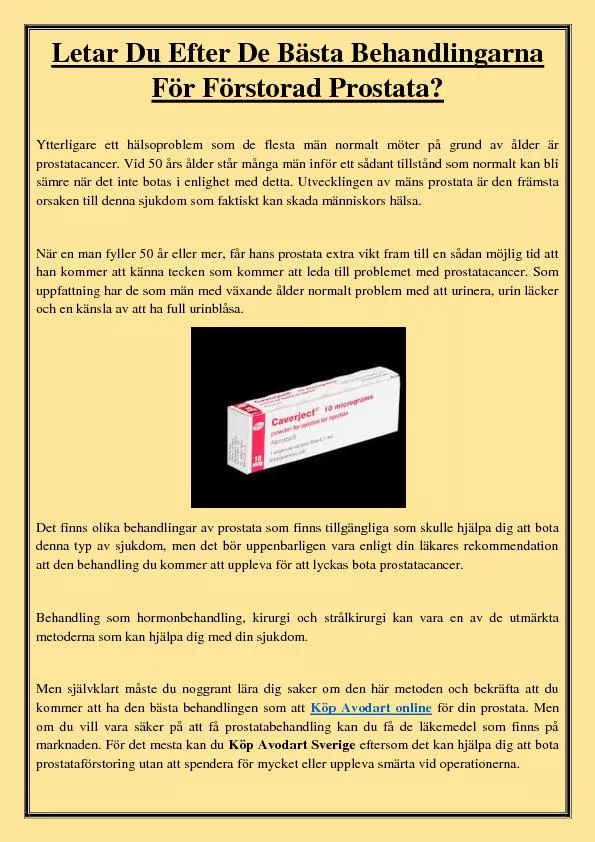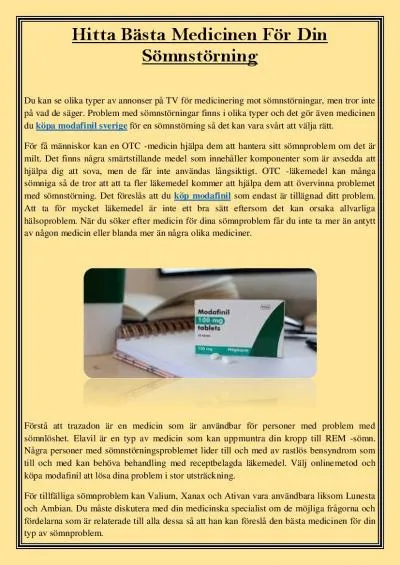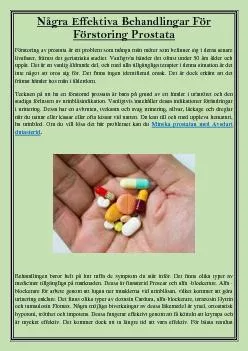PPT-GOOD FOR BUSINESS?
Author : phoebe-click | Published Date : 2015-09-27
The Case of Paid Sick Leave in Connecticut Eileen Appelbaum CEPR Ruth Milkman CUNY On July 1 2011 Connecticut became the first state to require employerpaid Paid
Presentation Embed Code
Download Presentation
Download Presentation The PPT/PDF document "GOOD FOR BUSINESS?" is the property of its rightful owner. Permission is granted to download and print the materials on this website for personal, non-commercial use only, and to display it on your personal computer provided you do not modify the materials and that you retain all copyright notices contained in the materials. By downloading content from our website, you accept the terms of this agreement.
GOOD FOR BUSINESS?: Transcript
Download Rules Of Document
"GOOD FOR BUSINESS?"The content belongs to its owner. You may download and print it for personal use, without modification, and keep all copyright notices. By downloading, you agree to these terms.
Related Documents














